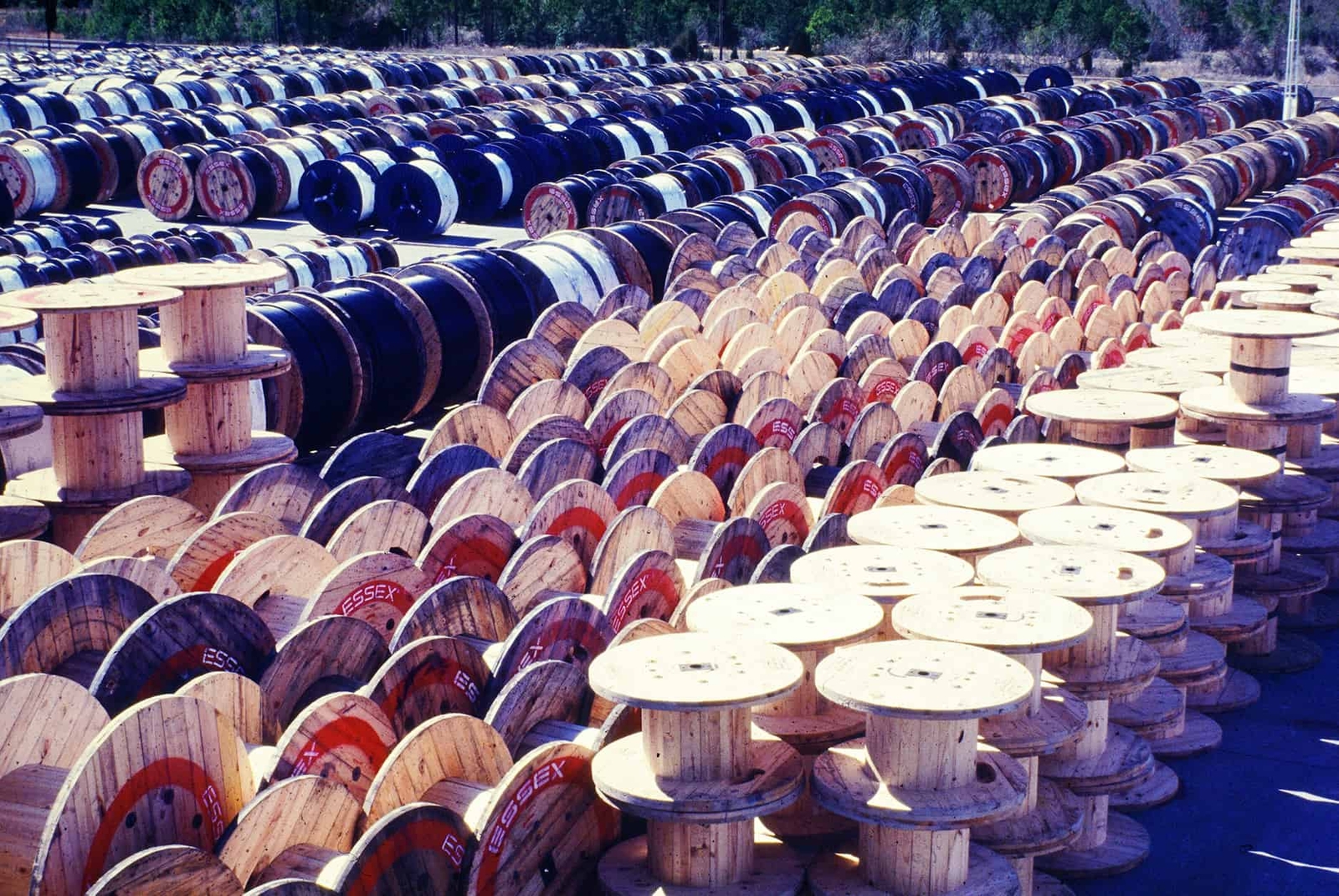
History
Superior Essex: A Remarkable 90-Year Legacy
Established unparalleled expertise and reliability
For nearly a century, Superior Essex Communications has solidified its position as the unrivaled industry leader, boasting an impressive 90-year legacy of unparalleled expertise, unwavering reliability, and exceptional craftsmanship in delivering cutting-edge communication cable products. With an unrelenting commitment to fostering a better-connected America, Superior Essex continues to shape the future of high-quality communication solutions.Embark on a journey through our remarkable history below.
Early Years
1930s & 1940s
Undaunted by the financial crisis and Great Depression, Addison E. Holton, then director of Anaconda Wire and Cable, put together a consortium of partners – called Essex Wire Corporation – and acquired the Ford Motor Company's wire assembly operations. The company incorporated on February 15, 1930, in Detroit, Michigan; employed 700 workers; and served as an original equipment manufacturer (OEM) for some of the first Fords to roll off the assembly line.

Following the acquisition of Redinger, Ball and Morris Manufacturing (RBM) – as well as the Indiana Rubber and Insulated Wire Company – Essex needed additional manufacturing space. In 1936, it acquired the 38,000 square feet of the former Dudlo Manufacturing Corporation in Fort Wayne, Indiana. Dudlo was the originator of the modern magnet wire enameling process.
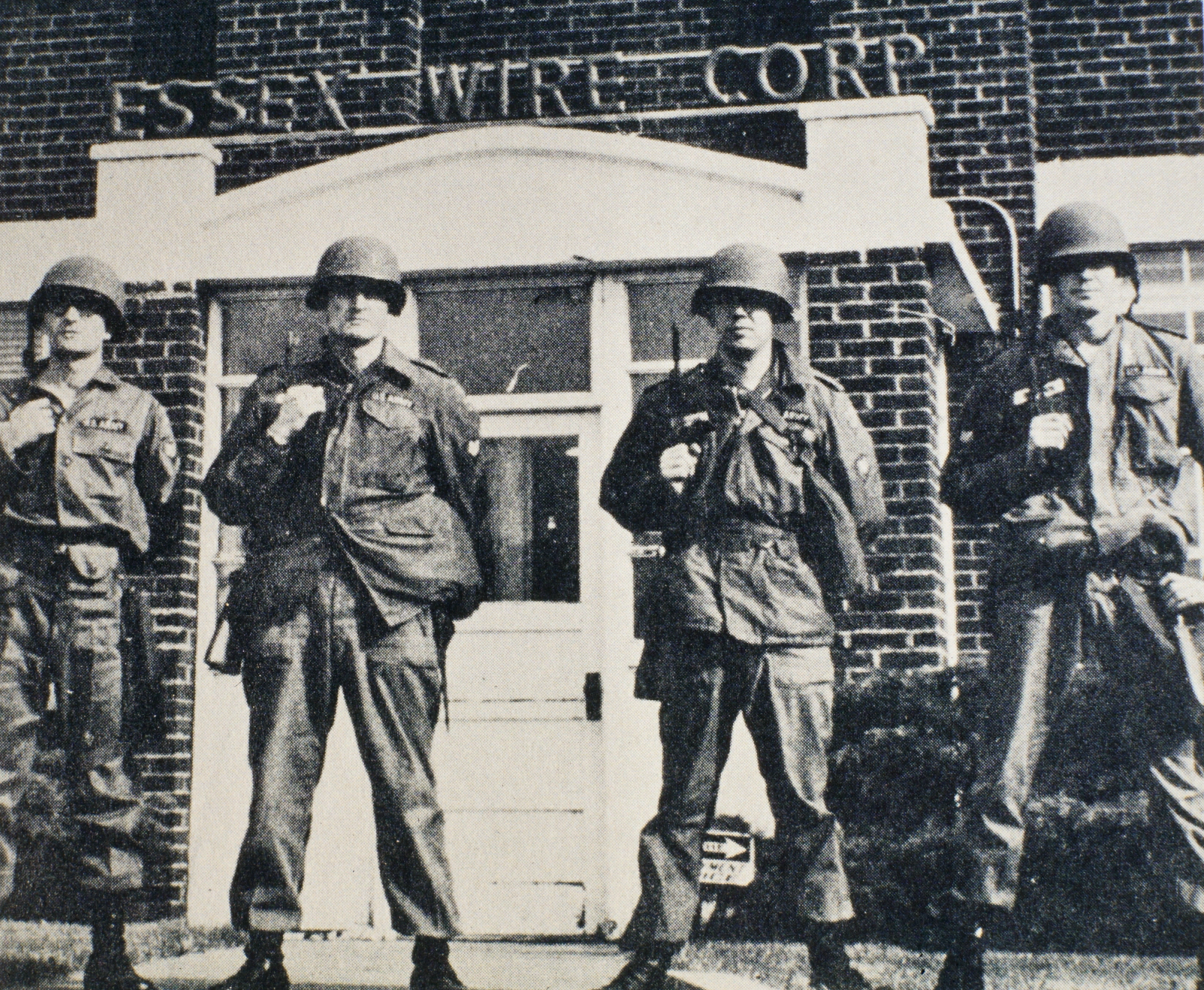
Following the attack on Pearl Harbor and the entrance of the United States into World War II, Essex diverted some of its production line to aiding the war efforts. It produced thousands of miles of field telephone wire and millions of transformers for the Army Signal Corps, as well as wire harnesses for the B-24 Bombers.
The company was awarded the prestigious "E" Award by the Secretary of War.
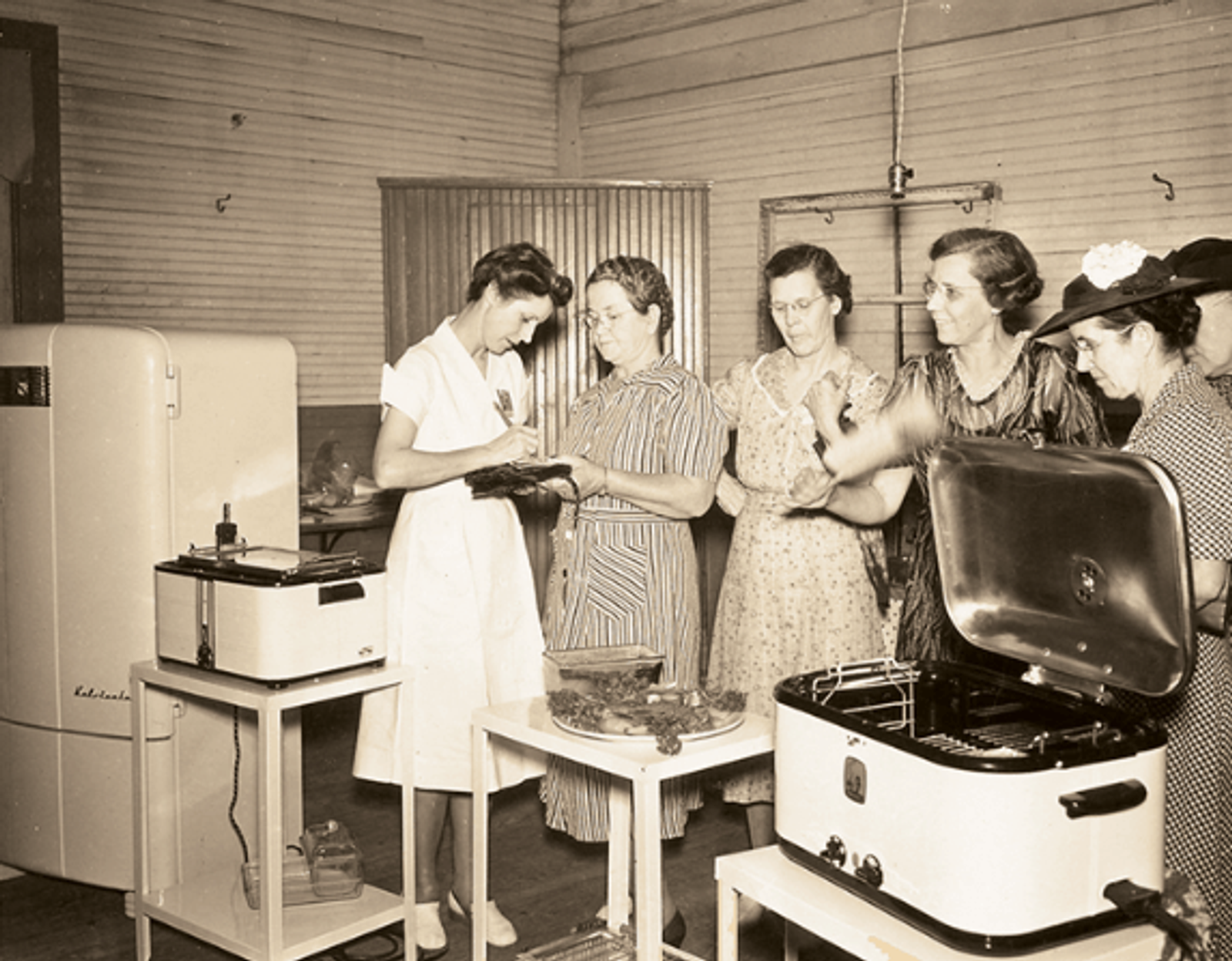
The post-WWII market for Essex was one of rapid expansion. The magnet wire business was fueled by the World's Fair that debuted an all-electric home.
In the mid-40s, appliance sales skyrocketed as more homes opted for some combination of refrigerator, electric stove, coffee maker or toaster, all of which required magnet wire to operate.
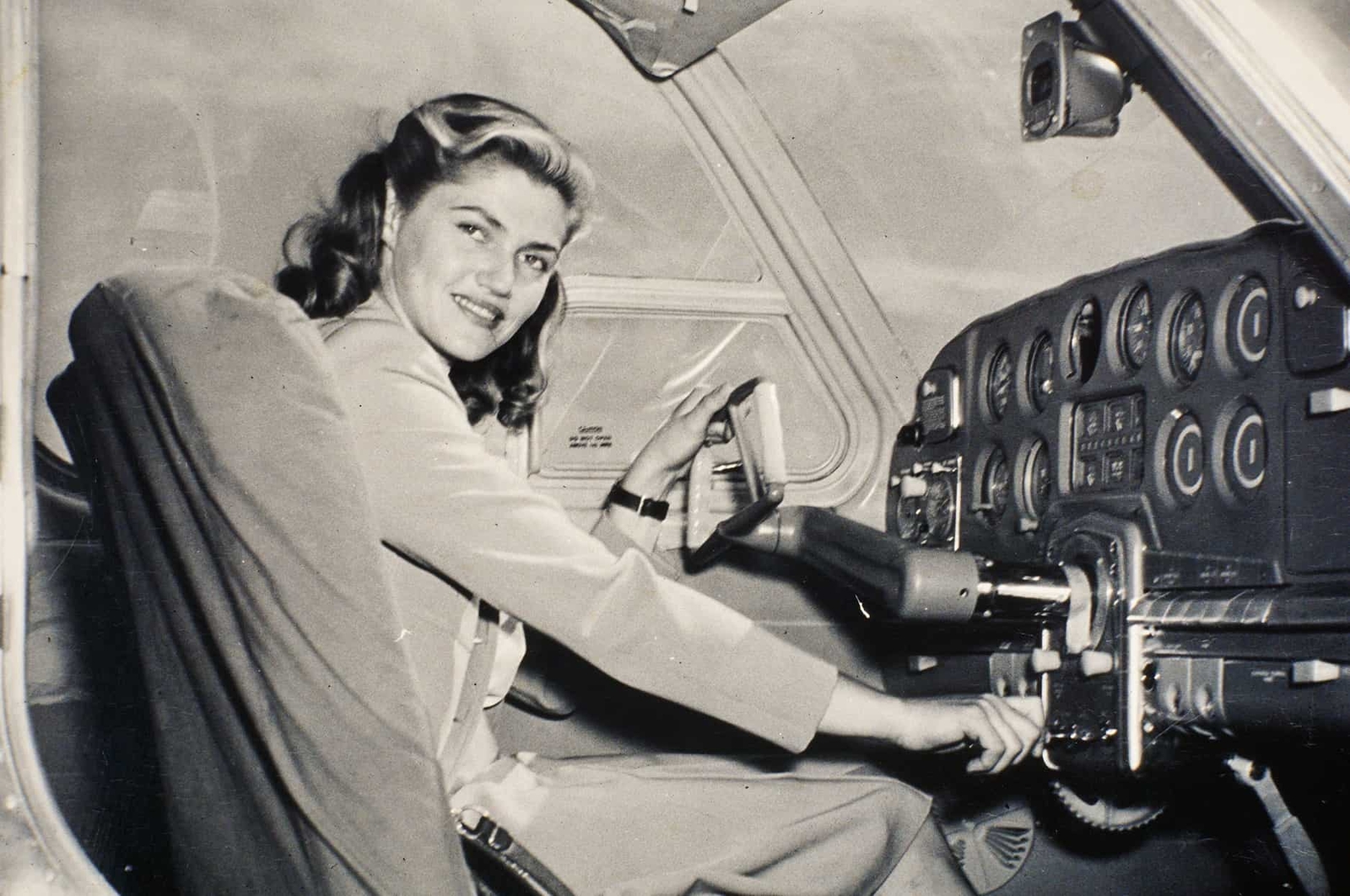
Post-WWII growth continued with rapid expansion, which facilitated a unique need. Founder Addison Holton recruited WASP Pilot Sammy Chapin to helm an Essex Air Force with the goal of tying many plant facilities together.
Chapin purchased six surplus fighter planes, delivering one to each plant. She also provided each plant manager with his own parachute!





Change & Growth
1950s & 1960s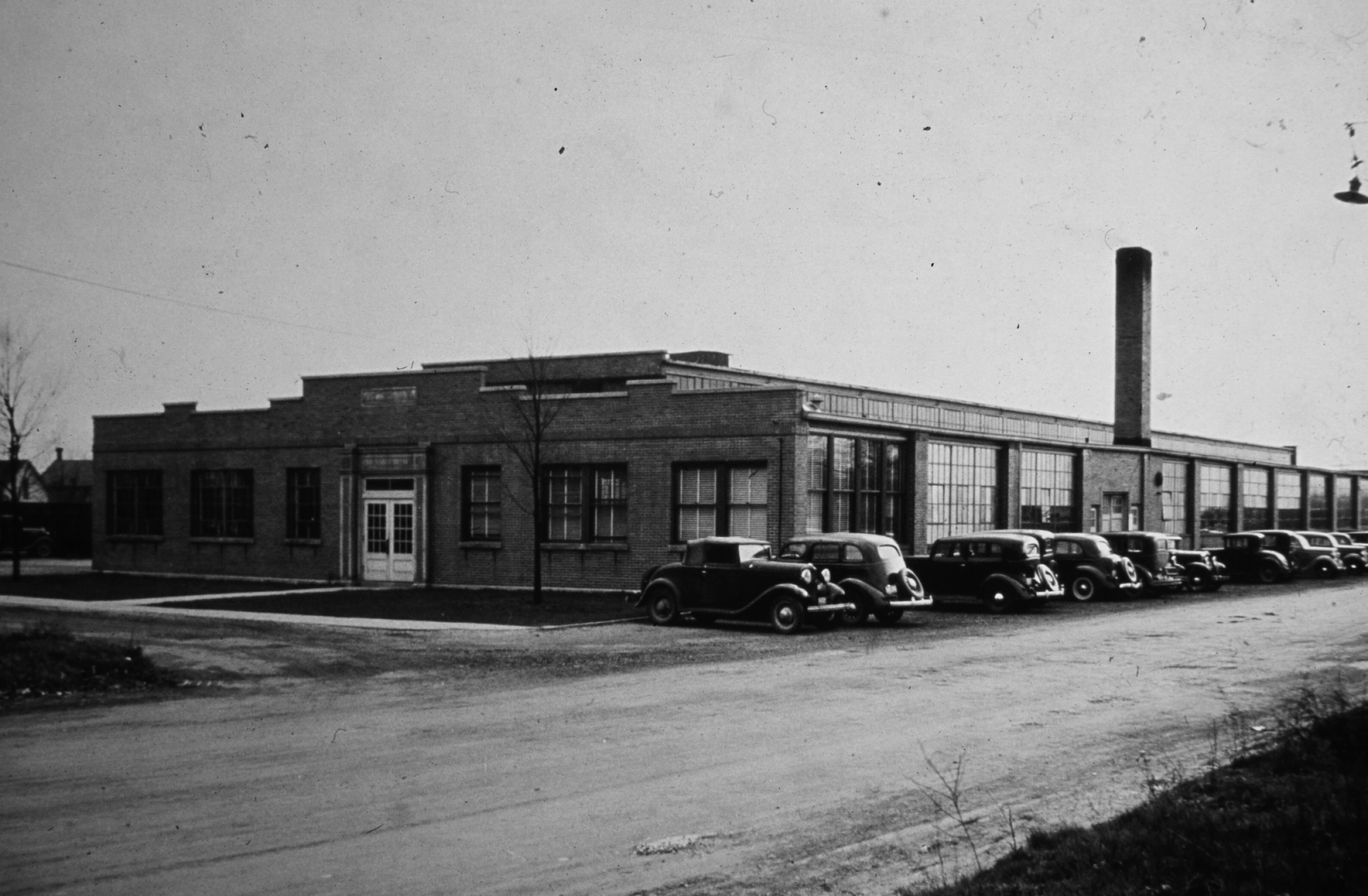
In 1954, Superior Cable Corporation was founded in Hickory, North Carolina. At the time, the firm produced plastic insulated, twisted pair cable and wire.
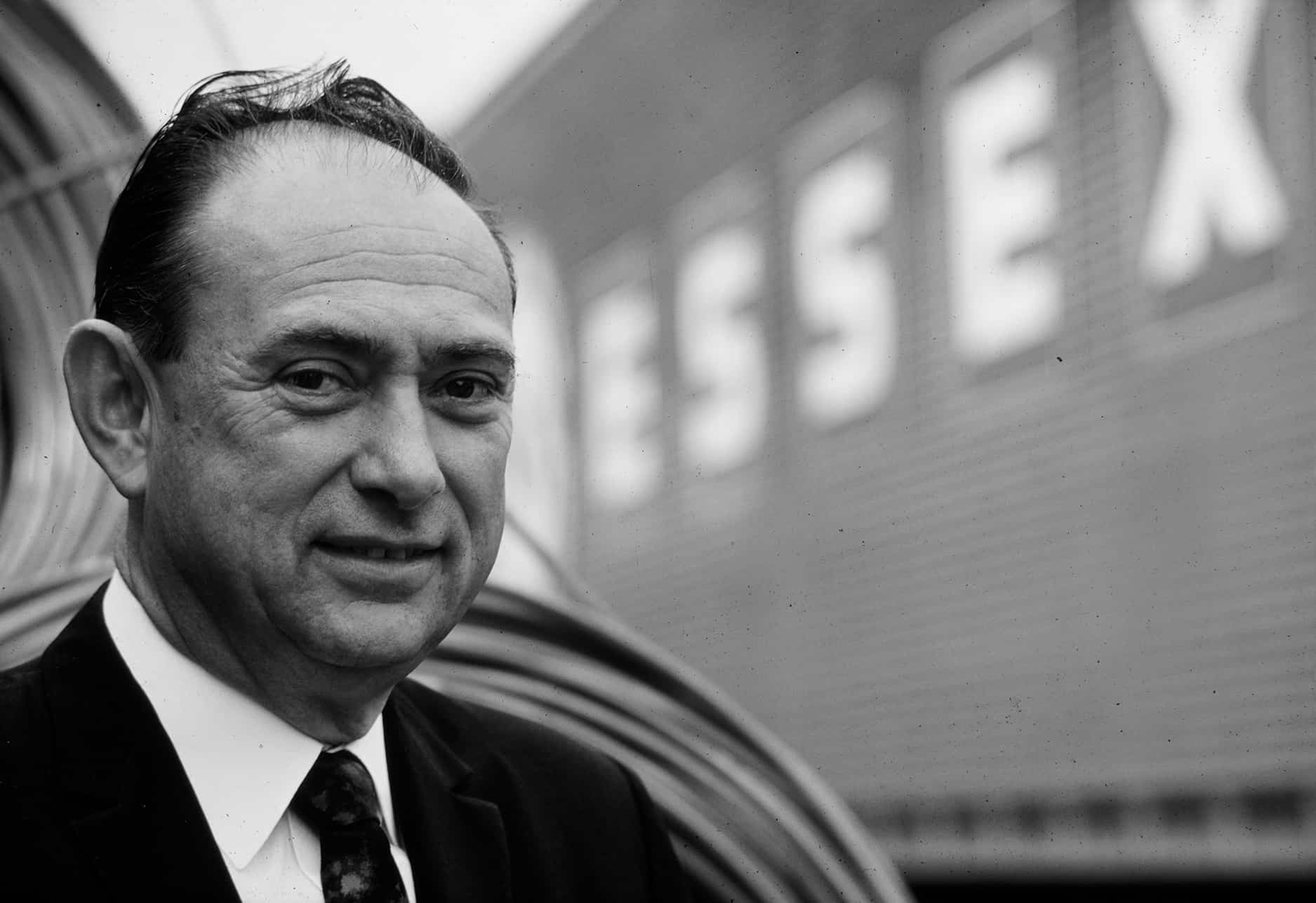
In 1959, Addison Holton stepped down as the President of Essex. He was succeeded by Walter F. Probst (pictured).
In one of his first acts as President, Probst moved the company headquarters to Fort Wayne, Indiana, where it had already been manufacturing for nearly three decades.
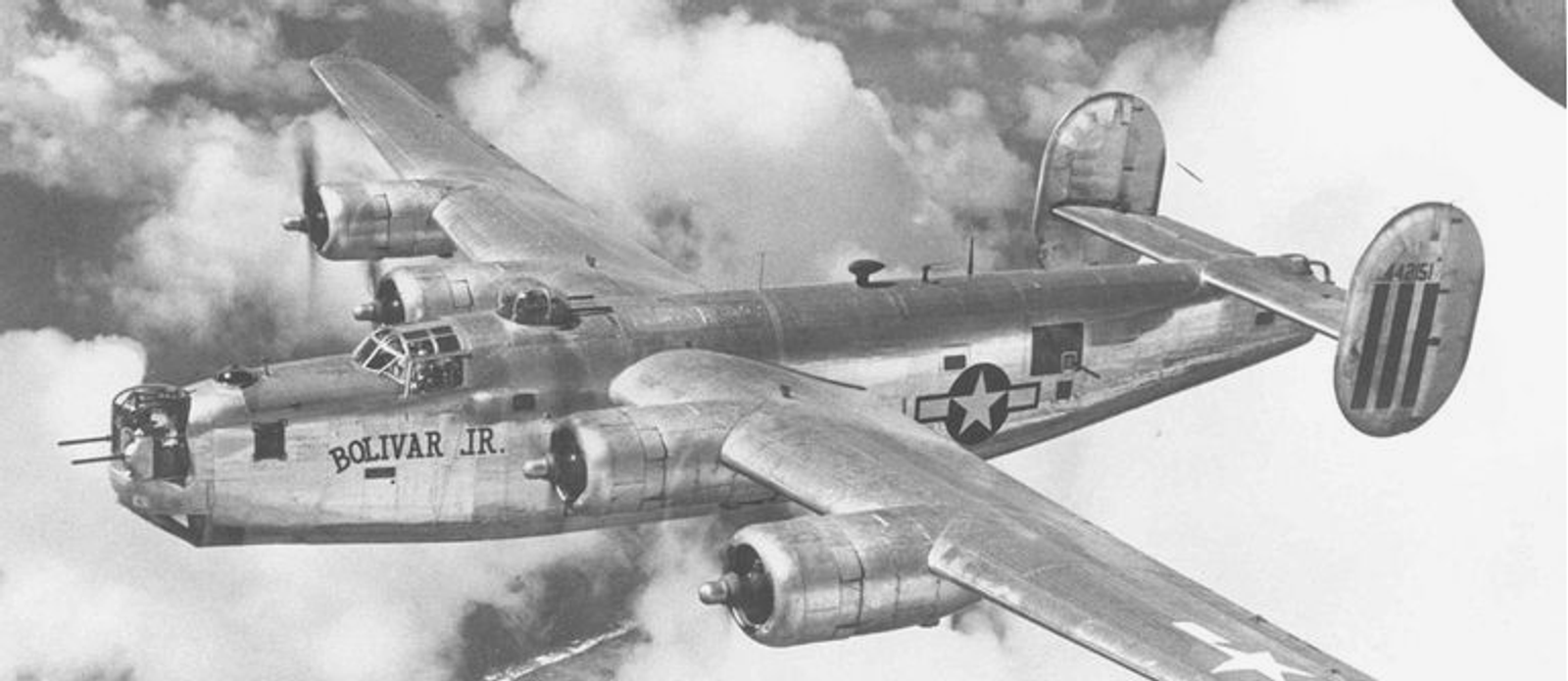
By 1962, Superior Telecom had expanded its headquarters plant three times, reaching a size of 150,000 square feet. Production had expanded to include coaxial cables, as well as wire for use in missile, aircraft and industrial applications.
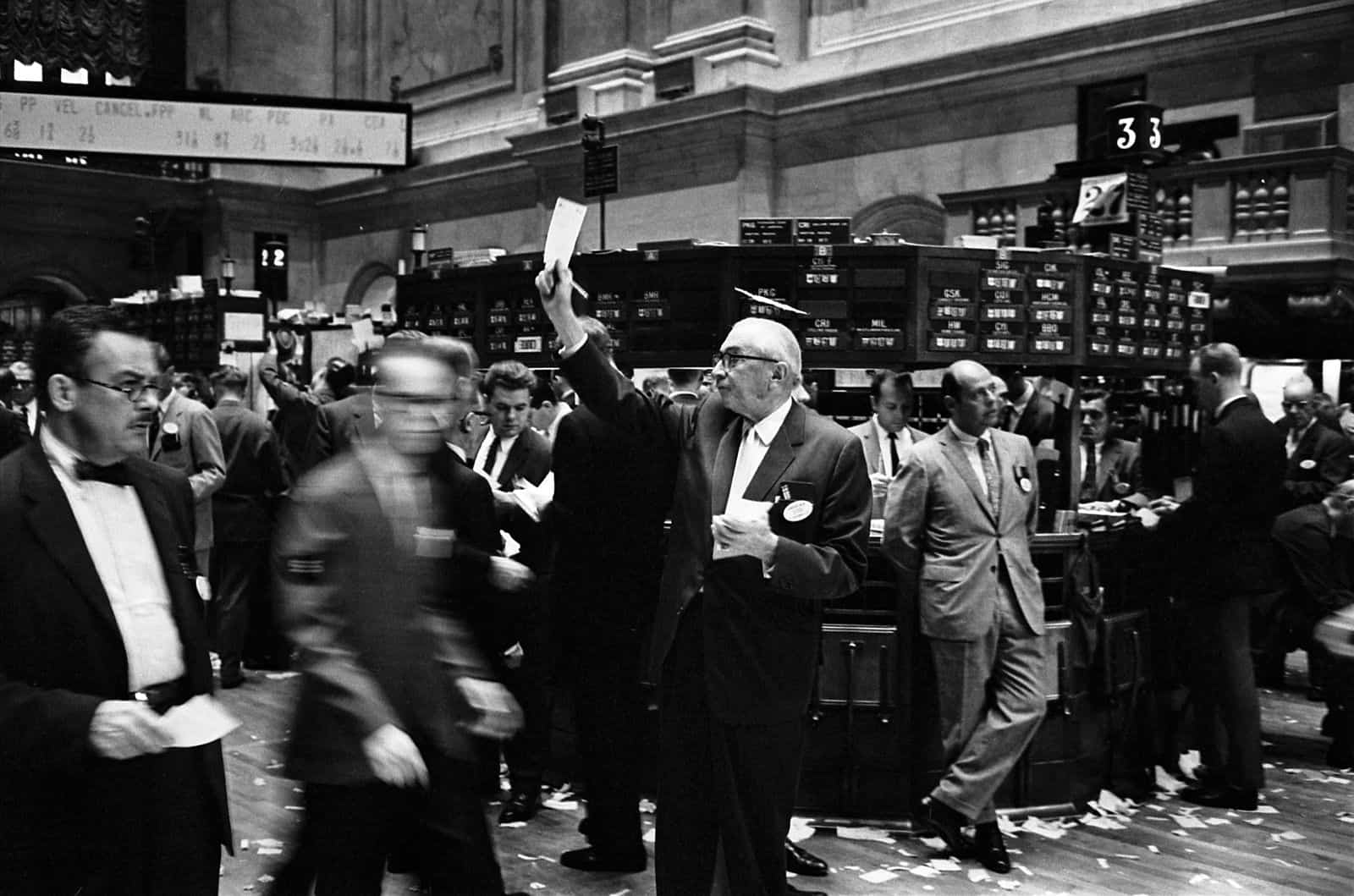
Essex had grown to seven divisions, operating 44 plants and 27 warehouses by early 1965.
With the growth of the business, Probst chose to take the company public for the first time in its history. It opened on the New York Stock Exchange with "EXC" as its symbol.

In the spirit of aggressive innovation and marketing, Essex and Ford entered a partnership with the Ford 427 Shelby Cobra, the GT-40 and the new Mustang GT350.
On the Grand Prix circuit, the Essex team was one of the most renowned and successful, helping to further elevate the company's status within the automotive industry.
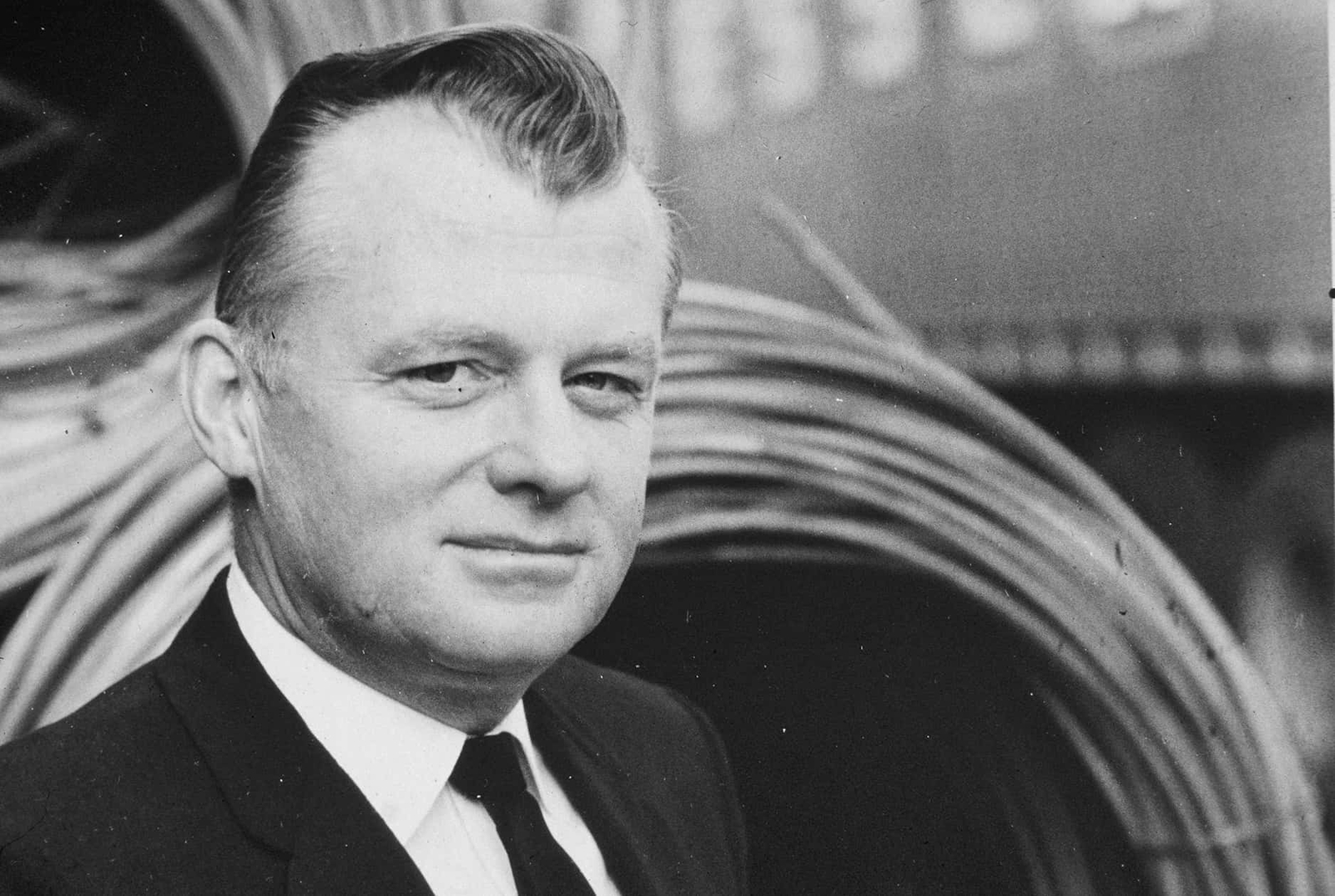
The success of going public, as well as the venture with Ford, brought more opportunity and, with it, change.
Paul W. O'Malley was named the new CEO of the company. He moved the company into maintenance and repair markets, as well as opened new plants in Indiana, Kentucky and South Carolina.
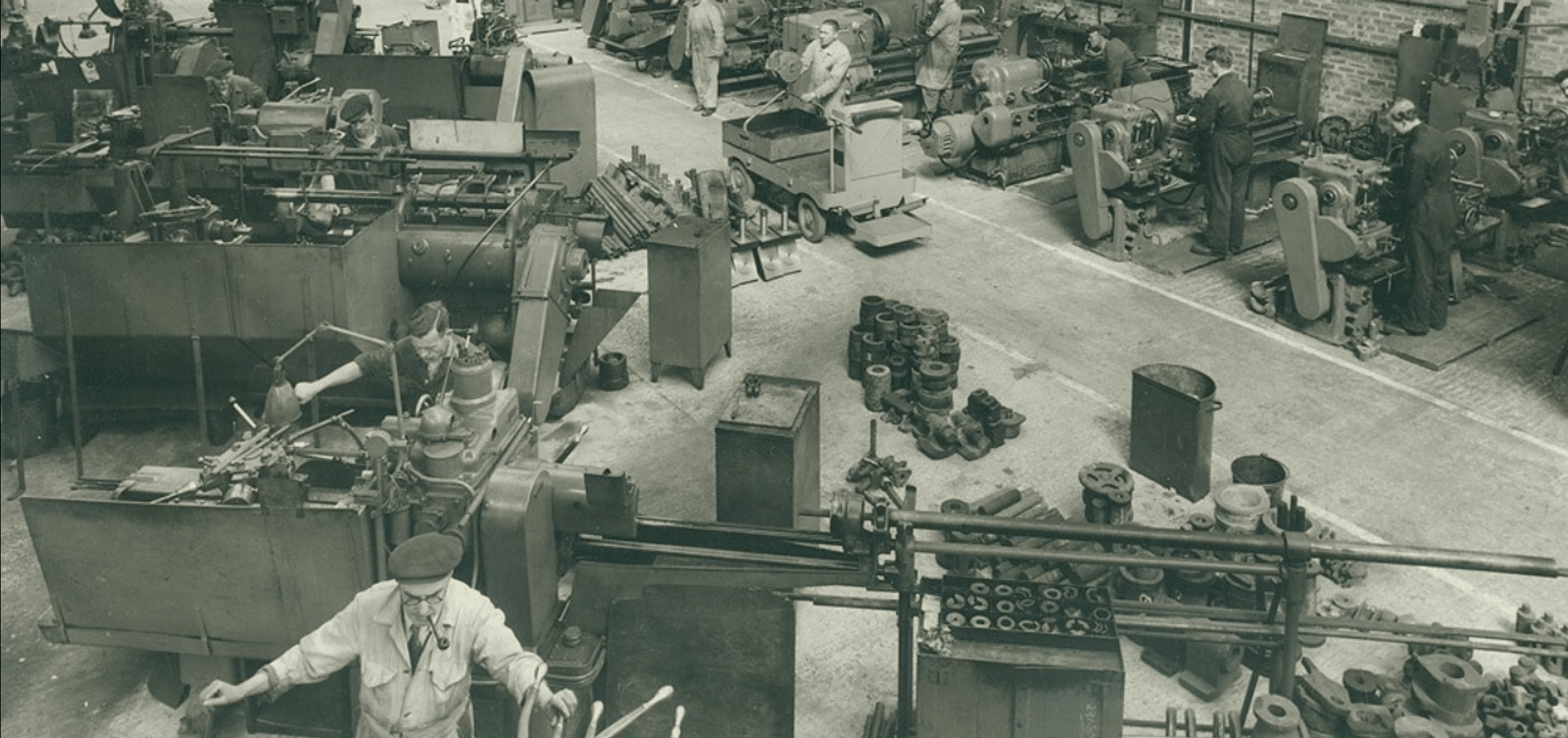
The three-year span to close the decade included an amazing amount of acquisitions as the Essex brand brought in over 30 new companies and factories – 14 of them in 1969 alone.
With the blistering pace of acquisition, as well as sheer scope and location of the plants, the brand officially changed from Essex Wire Corporation to Essex International, Inc., operating over 90 plants with 26,000 employees.







New Opportunities
1990s
The early 90s was a period of recognition for the brand as it was awarded a Mark of Excellence from General Motors, as well as ISO 9000 and QS 9000 world-wide quality certifications.
The culture of the company moved quickly into the computer age, increased attention to employee work-life balance and encouraging community service. It looked to reduce cost and increase capacity for future growth.
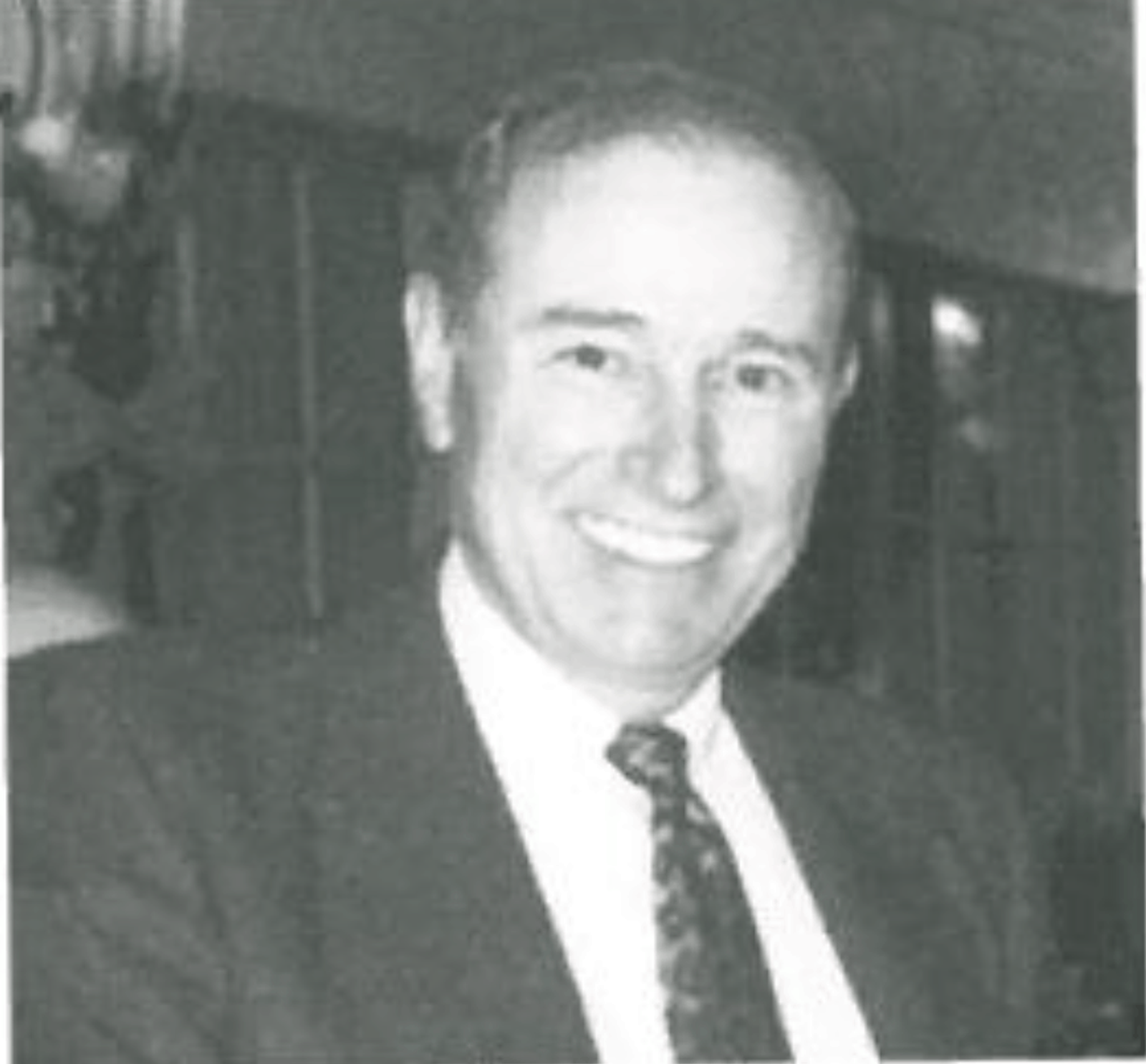
Stanley C. Craft was named the new President of the company in 1991 and began an aggressive campaign for capital investment to help grow the business.
The next year, in 1992, ownership changed hands with Bessemer Holdings becoming a principal for Essex. Bessemer would retain ownership for the next five years.

In 1996, Essex turned to 30-year company veteran, Steve Abbott, to lead it into the next century.
The company re-privatized and acquired Triangle Wire and Cable. Abbott was a former plant manager, director of engineers and division president. His view for the company was to streamline and grow.

In April 1997, Essex management once again took the company public.
There was a genuine excitement on the floor of the New York Stock Exchange as the tradition of success throughout the corporate history continued with early trading.
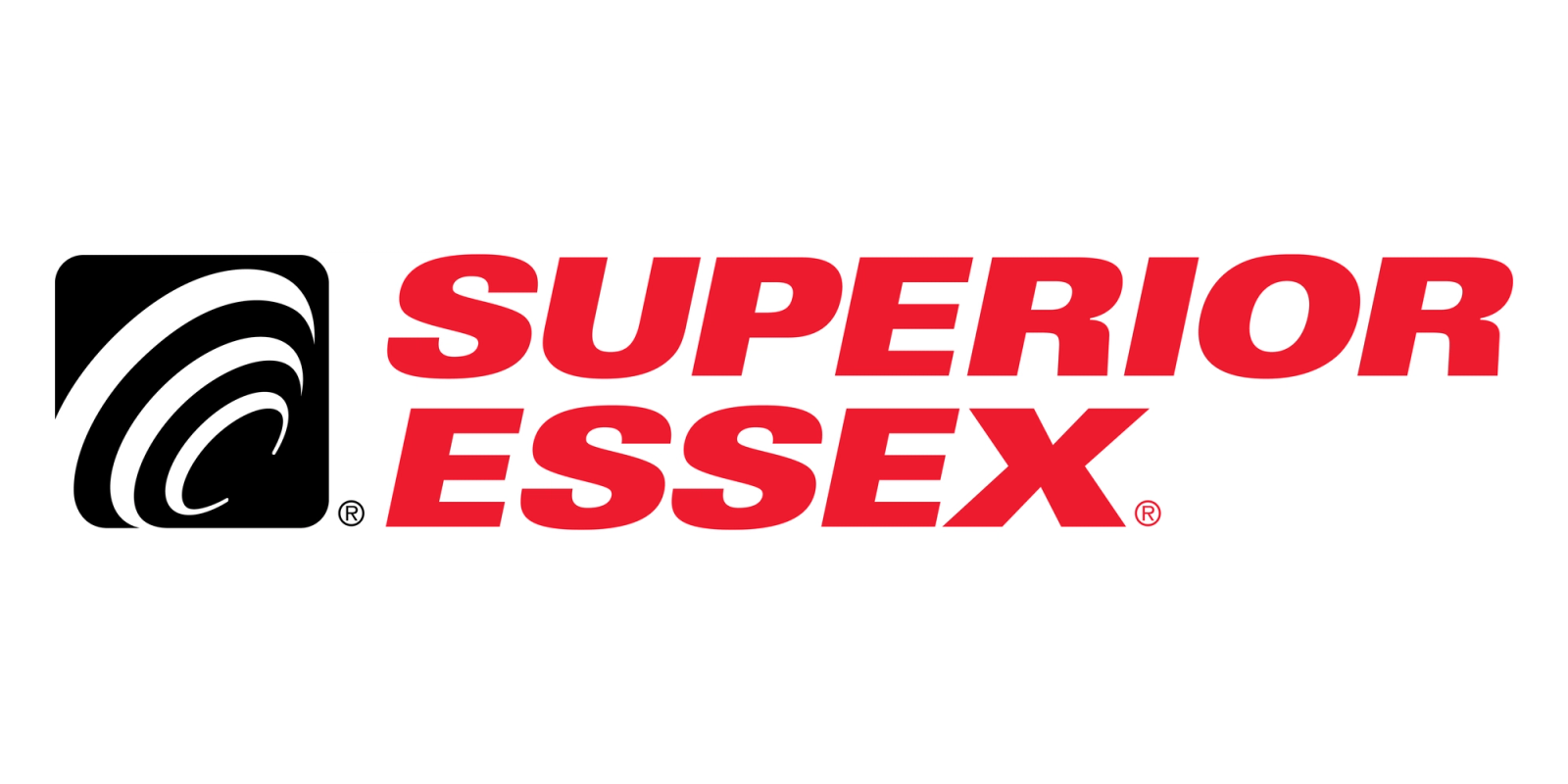
In 1999, Essex Group was acquired by Atlanta-based Superior Telecom. The combined companies operated with revenues over $2.4 billion, the largest wire and cable manufacturer in North America.
Following the acquisition of Essex Group in 1999, Superior Telecom changed its name to Superior Essex, with Steven Abbott being its CEO and Greg Schriefer the first President of the new brand.





Innovation & Sustainability
2000s & 2010s
By 2003, Stephen M. Carter was named as the new CEO of Superior Essex. Under Carter's leadership, in 2004, the company acquired the North American outside plant communications (OSP) cable and wire operations of Belden, Inc. The purchase price of approximately $95 million freed Belden from a market where it had not been able to turn a profit for several years.
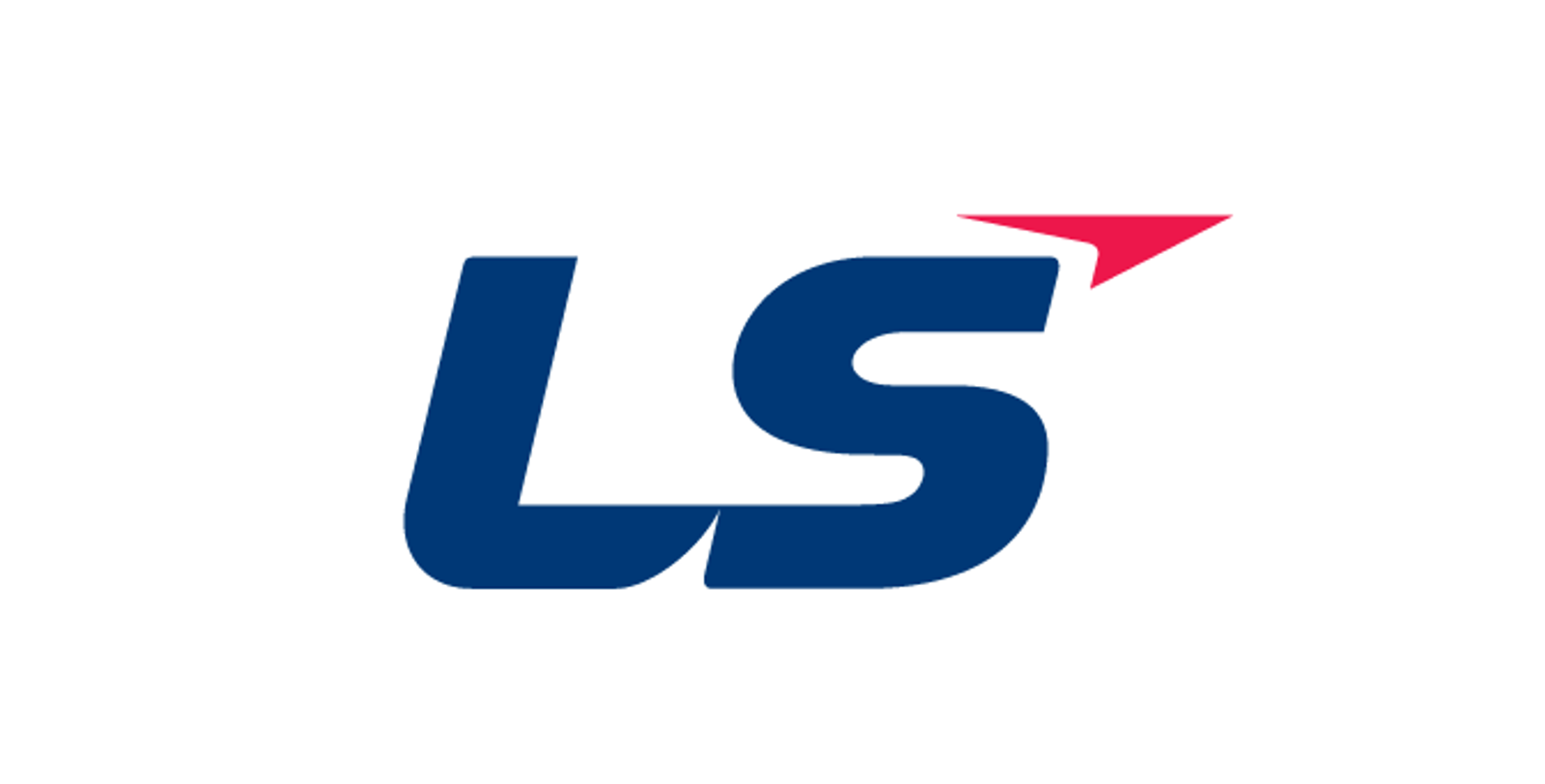
In 2008, Superior Essex is acquired as a standalone company of LS Corporation, the world’s fourth largest wire and cable conglomerate.
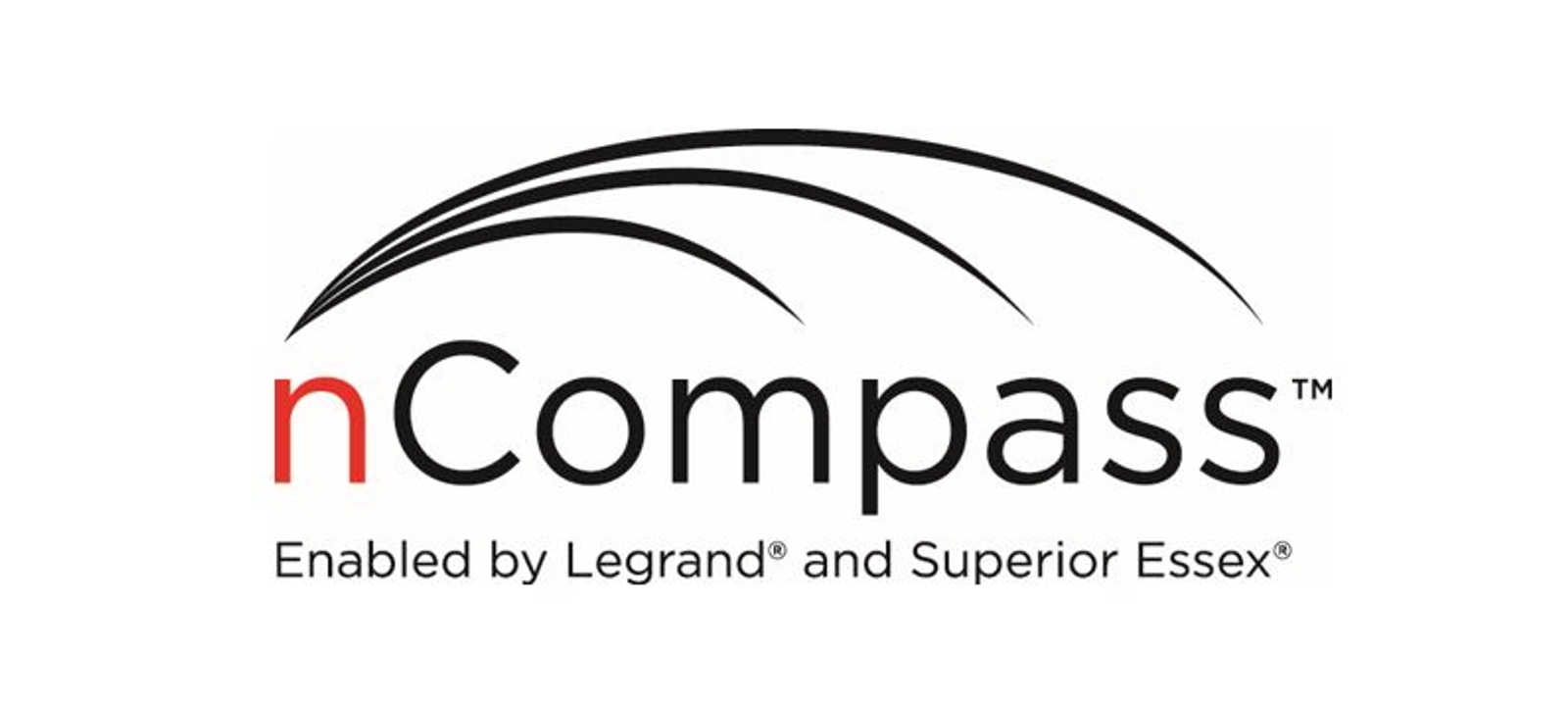
In partnership with Legrand/Ortonics, Superior Essex launches the nCompass Cabling Systems program in 2013.

Superior Essex launches the first-ever communications cable product featuring an Environmental Product Declaration (EPD), helping building owners and managers earn points toward achieving green-building certifications such as LEED.

Brian Kim is named as the new CEO of Superior Essex in 2015, and he remains responsible for managing the company’s global operations, including the world's largest magnetic wire manufacturer and one of the top-ranked communications cable companies in the United States.

We introduced our industry-leading family of Power-over-Ethernet (PoE) cabling solutions – better known as PowerWise® – to connect millions of devices across the Internet of Things (IoT).
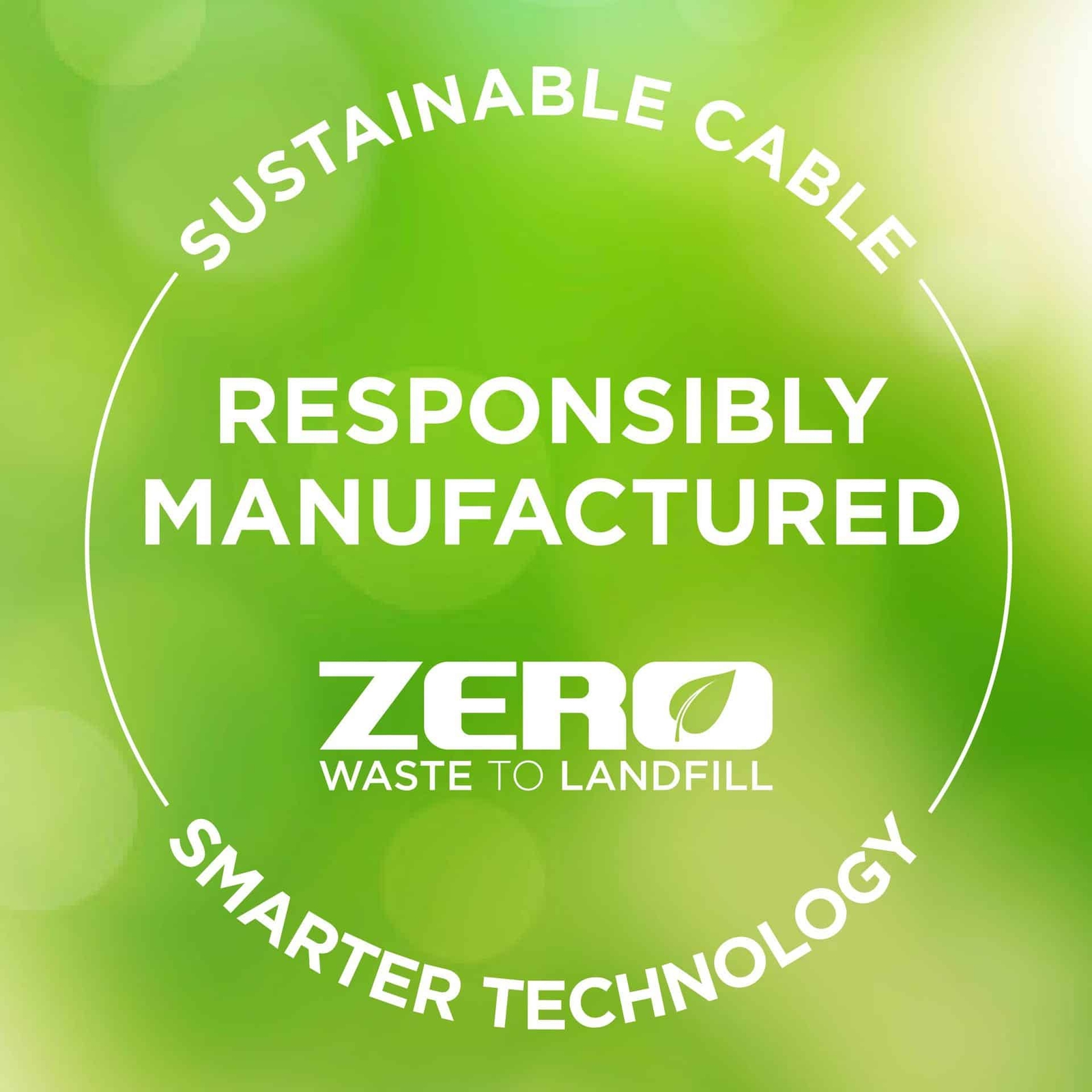
In 2015, Superior Essex becomes the first communications cable manufacturer in the United States with a 3rd-party certified Zero Waste to Landfill facility, courtesy of years of dedicated sustainability work at our plant in Hoisington, Kansas.
We are one of only nine companies in the United States to have achieved this certification, and we have since continued to earn it every subsequent year.







Future-Forward
2020 Onward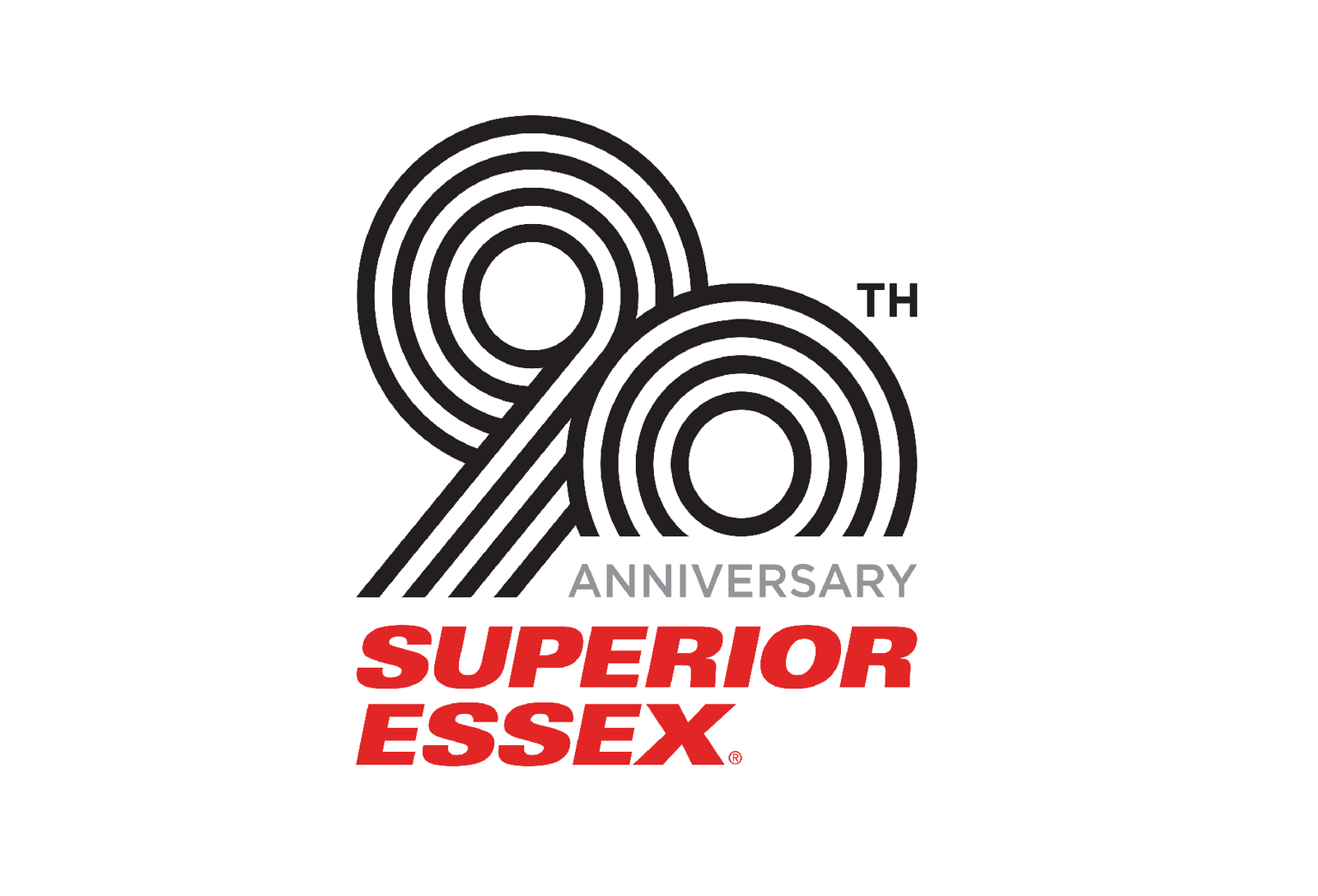
On February 15, Superior Essex celebrated its 90th anniversary as a company while looking forward to another 90 years of innovation.
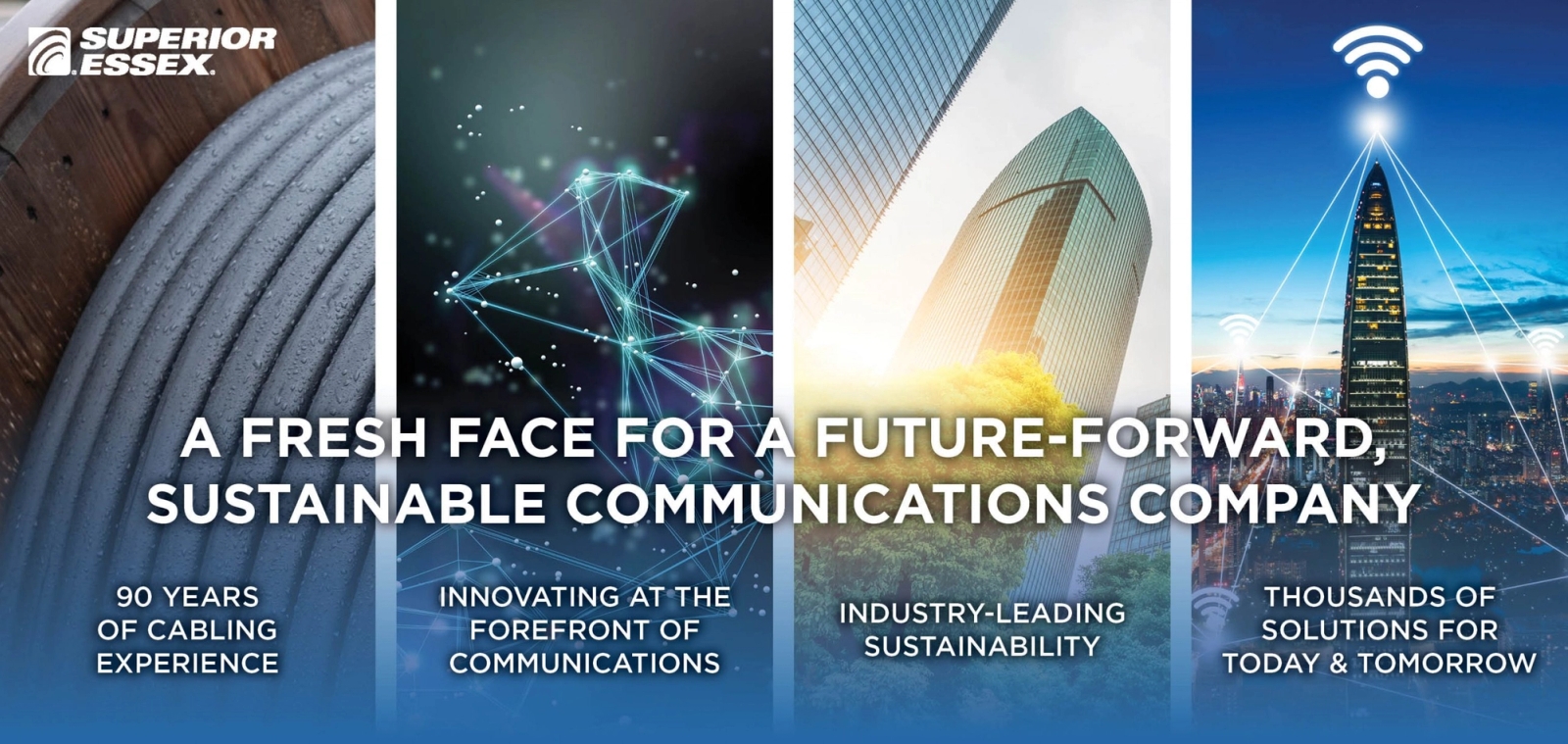
On February 19, and in conjunction with the company’s 90th anniversary, Superior Essex Communications proudly unveiled its completely revamped website.


Racing
1960s to Today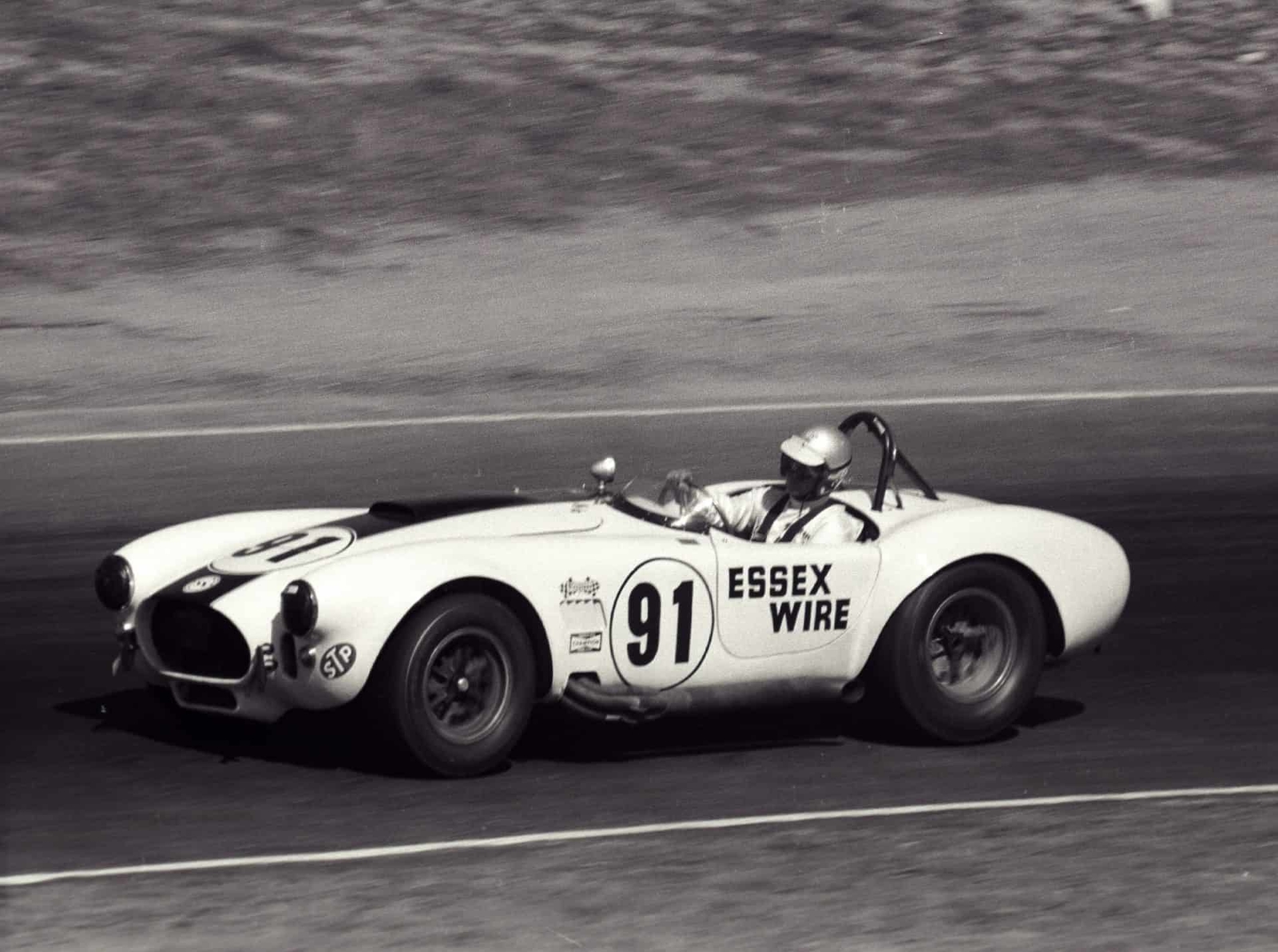
In 1965, Essex sponsored the Ford Racing Team giving the brand a chance to showcase its largest customer as well as its magnet wire technology.
The result was a very successful partnership as the team finished fourth in the US Road Racing Championship circuit. The car, known affectionately as "Ollie the Dragon," got its nickname as it regularly shot fire from out of the hoodscoop.
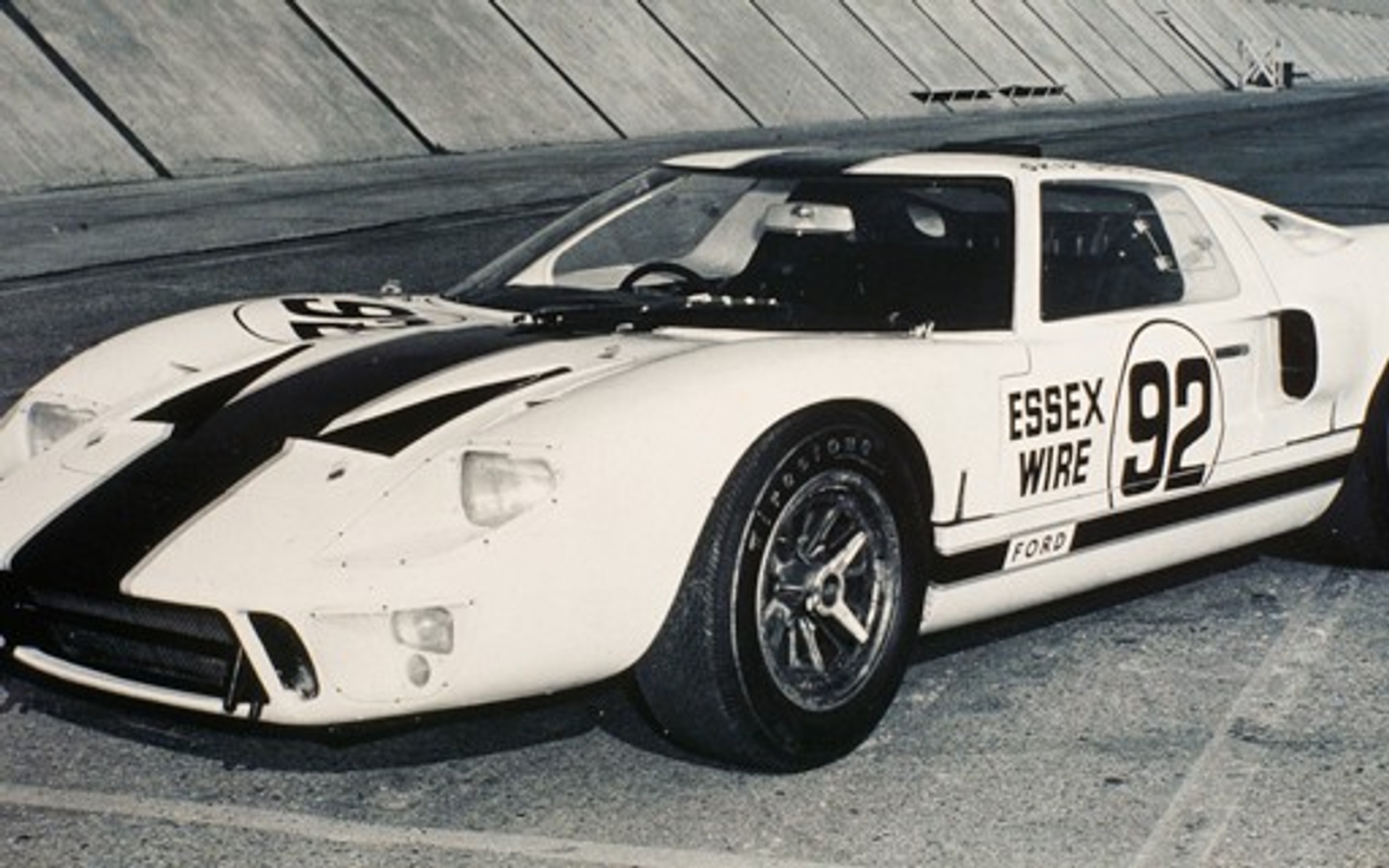
In 1966, the year of the famed Le Mans race portrayed in the 'Ford V Ferrari' film, the Essex team moved onto the International Grand Prix circuit with the GT40.
Essex team had two cars in the field of the Le Mans race – though the film will not show that -- one finished No. 24 and the other No. 27.

In the spirit of aggressive innovation and marketing, Essex and Ford entered a partnership with the Ford 427 Shelby Cobra, the GT-40 and the new Mustang GT350.
On the Grand Prix circuit, the Essex team was one of the most renowned and successful, helping to further elevate the company's status within the automotive industry.

Scott Ramsey worked for Essex during the week and also raced on the circuit on the weekends!
His "One of Us" situation made him a favorite of fans at the track and certainly at the office.

Superior Essex got back onto the track with a sponsoring partnership.
It began on the truck circuit but was just a toe in the water for what would soon become much more.
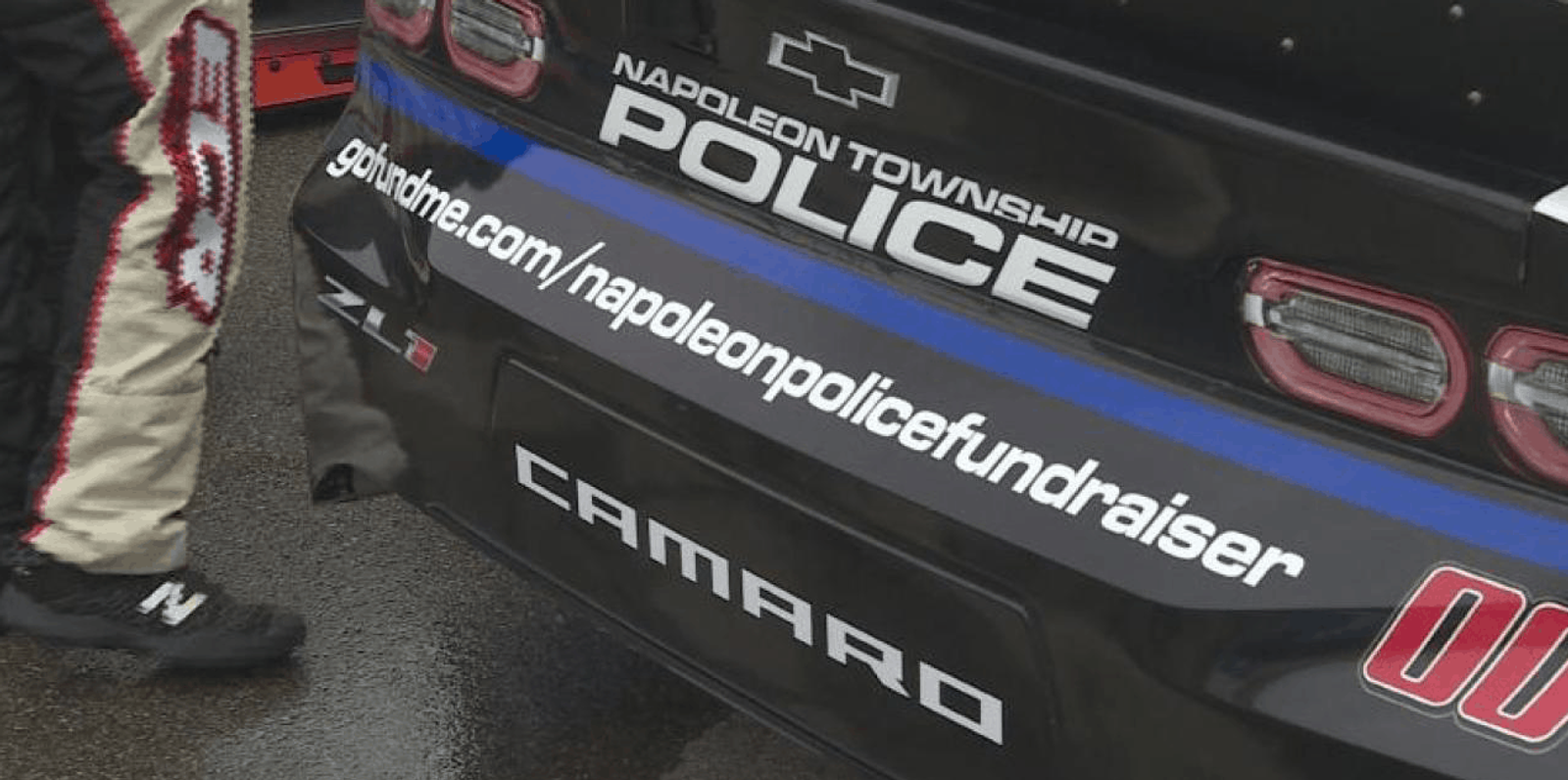
StarCom Racing (SCR) and Superior Essex join forces to raise awareness for Napoleon, TWP Police Department (NTPD) of Michigan.
The officers work with a very limited budget and often rely on donations from local organizations to help pay for basic supplies. Currently, the men and women of NTPD need upgraded body and in-car cameras to better protect themselves and the citizens of Napoleon.

Superior Essex partnered with professional racecar driver Noah Gragson as he competes in his first full-time season racing in the NASCAR Xfinity Series (NXS) as a member of JR Motorsports.
In honor of the start of NXS Playoffs, Superior Essex unveiled the new look of the redesigned No. 9 Chevrolet Camaro.
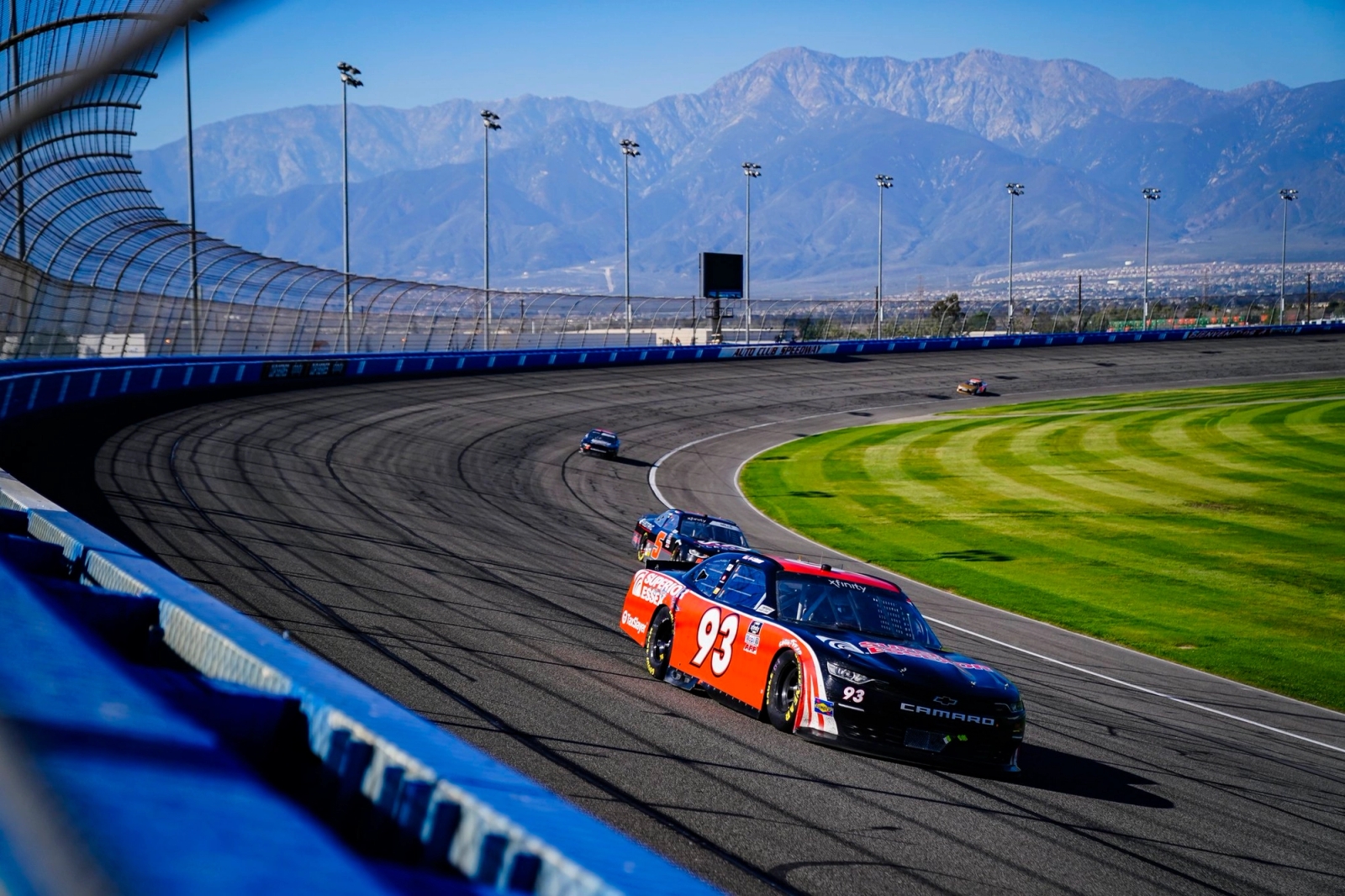
In January, Superior Essex added Myatt Snider to its roster of racecar drivers as sponsors of the NASCAR Xfinity Series, reviving its No. 93 vehicle from decades ago, only now as an all-new Camaro.







